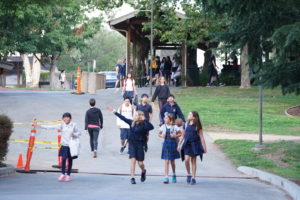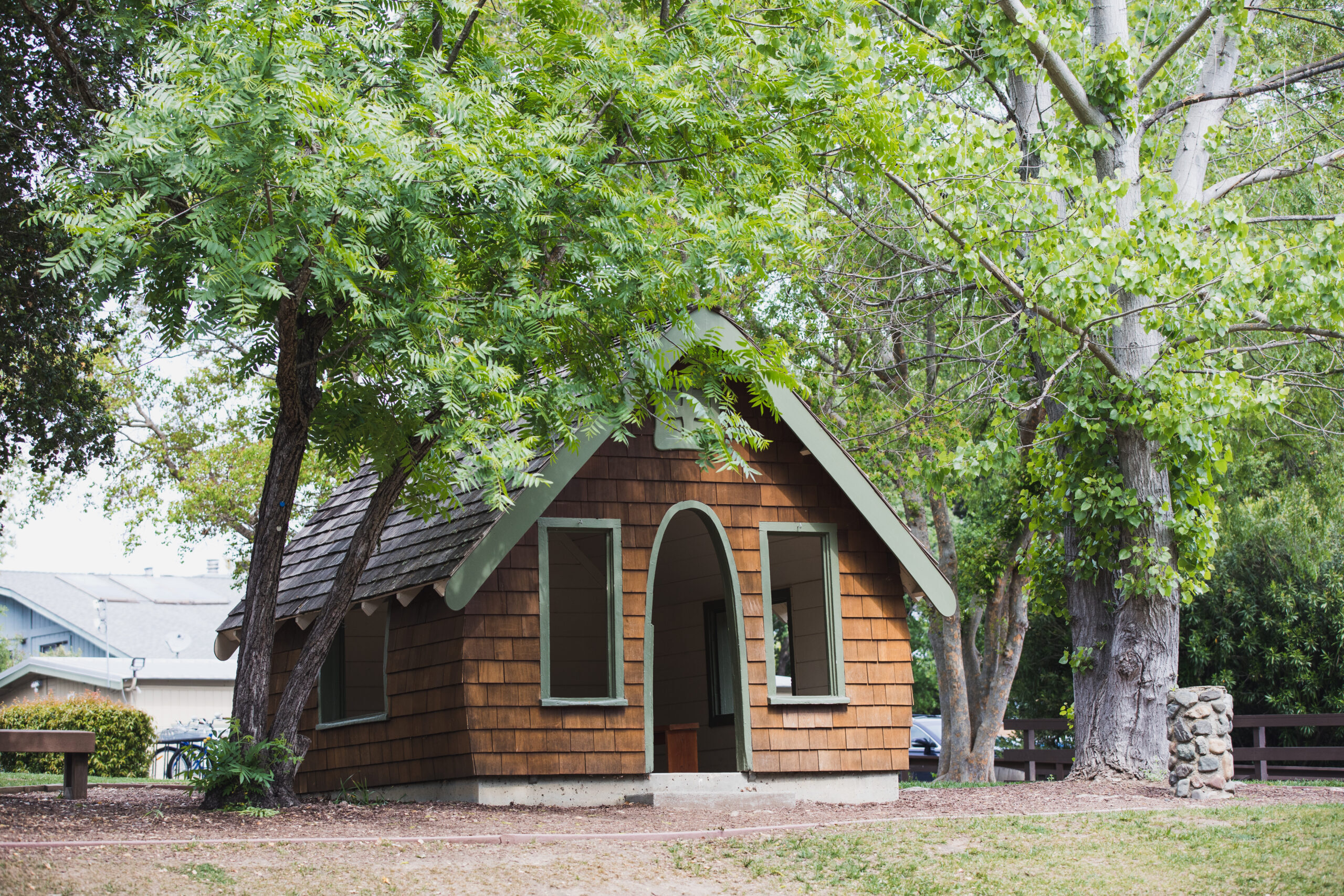 I suspect the most oft heard comments on campus this week were tied to the always surprising – even though we all know it is inevitable – growth and development of children. “I can’t believe how much you have grown this summer,” and “You just look so much older, I almost didn’t recognize you.” It is one of the many joys of working in a school, the privilege of watching children grow up before our eyes. Summer break provides an especially significant demarcation point, as children return after several months seemingly transformed in ways both big and small.
I suspect the most oft heard comments on campus this week were tied to the always surprising – even though we all know it is inevitable – growth and development of children. “I can’t believe how much you have grown this summer,” and “You just look so much older, I almost didn’t recognize you.” It is one of the many joys of working in a school, the privilege of watching children grow up before our eyes. Summer break provides an especially significant demarcation point, as children return after several months seemingly transformed in ways both big and small.
Part of what makes this especially powerful at Hillbrook is the deep connection we build with each child and with each family. When I spoke with the 8th graders at their opening gathering on Tuesday, for example, I found myself seeing both the young adults sitting before me – all, I should add, at the wildly different sizes and stages typical to an 8th grade class – and the younger versions of themselves that first entered our campus as much as nine years earlier. I flashed on memories of different students at various points along the way, and then marveled at the poised, mostly attentive, quite grown up, and thoughtful young people in front of me.
I mention all of this as a reminder to each of us of what lies at the heart of the Hillbrook experience – the joy, the challenge, the excitement, the frustration, the highs, and the lows of helping children grow and develop into confident, creative, resilient lifelong learners prepared for high school, college and beyond. It is deeply personal work, it is nuanced and rarely predictable, and it is work that we do in partnership with each of you, our families.
As families, you have entrusted us to partner with you in helping your child become the best version of themselves. We greatly value and honor the trust you place in us. A key part of that is the choice you have made to join a community that has committed to the same mission, vision and core values, recognizing that while your ultimate loyalty is to your own children, we are collectively committed to inspiring all children in our community to achieve their dreams and make a difference in the world. The journey is a jagged one, and it happens in fits and starts. No child learns in the same way, at the same pace, and at the same time. It is measured, ultimately, in years and in lived values – kindness, critical thinking, curiosity, resilience, a desire to reach beyond and make a difference in the world.
This is important and complex work, and we know that there will be moments when it feels like things are not going the way you and/or your child feels it should. Your child gets in the car right after school and immediately breaks down crying. Or perhaps it’s the middle of the evening and they are so confused by the homework that they don’t even know where to start. Or maybe your child talks to you as you are tucking them into bed and they share that they are feeling excluded by their peers. Or maybe you child comes home and says they are bored. At those moments, as a parent, it can be difficult to know what to do.
In today’s always connected, 24/7 world, it can be tempting – and very easy – to do something almost immediately. In fact, given the ubiquity of communication options, it sometimes feels like we almost have an obligation to act. Increasingly, I think back to a time before social media and cell phones, and ask myself – what would I have done in that moment? How would I have managed a concern with my child? Many things are improved when we are able to use technology to make it faster and more convenient. Raising children, however, is not something that often benefits from speed.
As employees, this year we adopted a revised set of communication norms to help us work together as a team. These norms – assume good will, come from your own experience, be more curious than certain, hold yourself and others capable – provide a set of shared guidelines for us to utilize when we are engaged in the valuable but inevitably messy work of collaboration. During our employee orientation, we role played scenarios and talked through how we could manage all types of murky situations that arise every day as we work together.
Some of these scenarios, not surprisingly, involved working in partnership with families, from supporting a child who feels like they are being picked on to helping a parent who is frustrated and dissatisfied with the level of challenge in a specific class. The goal, to be clear, was not to solve the problem, for rarely do these types of sticky situations have straightforward solutions. Instead, the goal was to create a framework in which a parent and a teacher or administrator could have a respectful, honest, and productive dialogue and reach a place of greater understanding on both sides.
The importance of creating that culture of respect and honesty is profound and, if we do it well, it is one of the most valuable gifts we give our children. When we model how to live with others in community, we are teaching our children how powerful and vibrant our core values are and giving them concrete skills for embodying those core values themselves. It is also hard, for it requires us to be vulnerable with each other, to listen deeply, and to suspend our natural instincts to find quick solutions to complex problems. In the end, of course, we all recognize intellectually that the complex issues of child development and learning are not “problems to be solved,” and yet when we see our children in situations that involve discomfort, struggle, and pain, it is easy to fall back on our natural instincts to protect them. We need to remind ourselves that growth involves discomfort, and that in order to reach their highest potential, each child needs opportunities to struggle and even to fail.
At Flag on Wednesday, I invited children to “take a chance” this year. Inspired by our focus this year on the core value – “take risks”- I shared a children’s story, “What do you do with a chance?” In the story, a young boy discovers that in order to take a chance you have to face your fear and be brave. It’s not that the fear disappears in that moment, he realizes, but that the excitement becomes more than the fear. He also realizes that sometimes you take a chance and you fall flat on your face. Despite that, he learns, it is worth it to take a chance. As he says, “I now see that when I hold back, I miss out. And I don’t want to miss out. There’s just so much I want to see and do and discover.”
This year, I invite all of us as adults to take a chance and to practice these communication norms as we lean into the hard conversations that inevitably come with living in community. Let’s remember that we all have the same hopes for our children – to reach their highest potential in school and in life, and that true understanding only happens if we speak from our own experience and avoid the urge to speak for others or ask others to speak for us. That includes our children, who particularly as they grow up and enter Middle School, need to be given the space and the expectation that they will speak for themselves.
I think we will discover that by using these communication norms and trusting in ourselves and others to have the capacity for meaningful, honest conversation, it just might be, as the boy says in the story, “the start of something incredible.”
